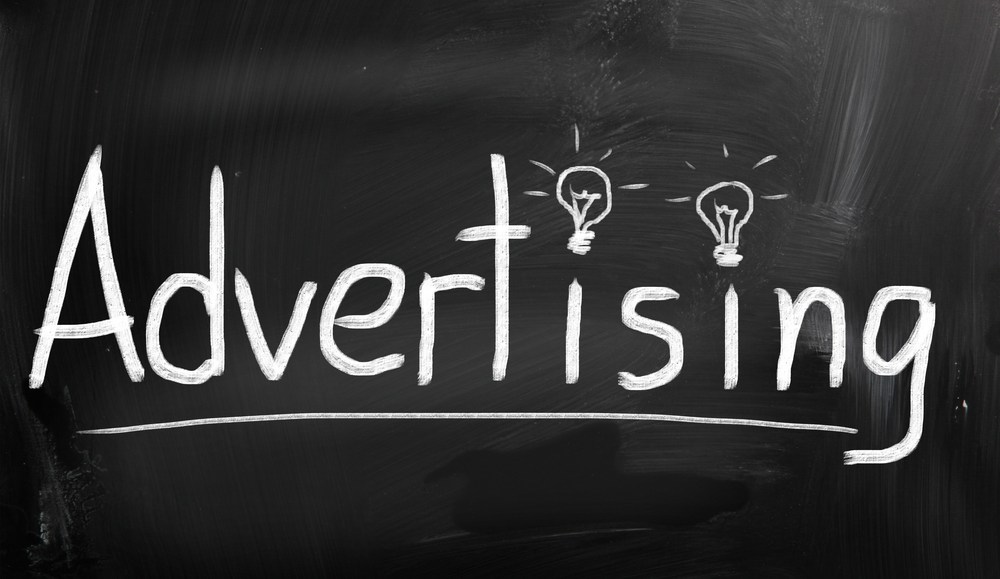
The Federal Trade Commission spent a full day yesterday, listening to 22 representatives from publishing, technology and academia to tackle that most thorny of questions: How to label native advertising.
There were arguments on all sides, with one academic even suggesting the need to study how the eye’s fovea perceives various labeling. Publishers hedged, they cautioned against the dreaded “one-size-fits-all” approach since native ads can apparently vary so widely. That’s why there is a BrandVoice on Forbes, Featured Partners on BuzzFeed, “From Around the Web” from Outbrain, “You May Like” from Tablooa, and so on.
Coincidentally, most also paid fealty to paid search listings, hailed as the original native ad format: a form of content, perfectly suited to the environment, and found genuinely useful to consumers who click away to the tune of billions for Google’s coffers. Perhaps then the industry should keep it simple and cast its gaze on how Google has settled on labeling this “native” format:
More in Media

A timeline of the major deals between publishers and AI tech companies in 2025
Here’s a list of all the major deals signed between publishers and AI tech companies in 2025.

No playbook, just pressure: Publishers eye the rise of agentic browsers
For the bulk of publishers, Google is, as ever, the one to watch. It’s already got agentic features within its Chrome browser, but that’s the tip of the iceberg, some say.

The biggest SEO lessons in 2025 for publishers
KPIs are changing, more AI search data is becoming available, and publishers are looking beyond search to grow their audiences and revenue.






